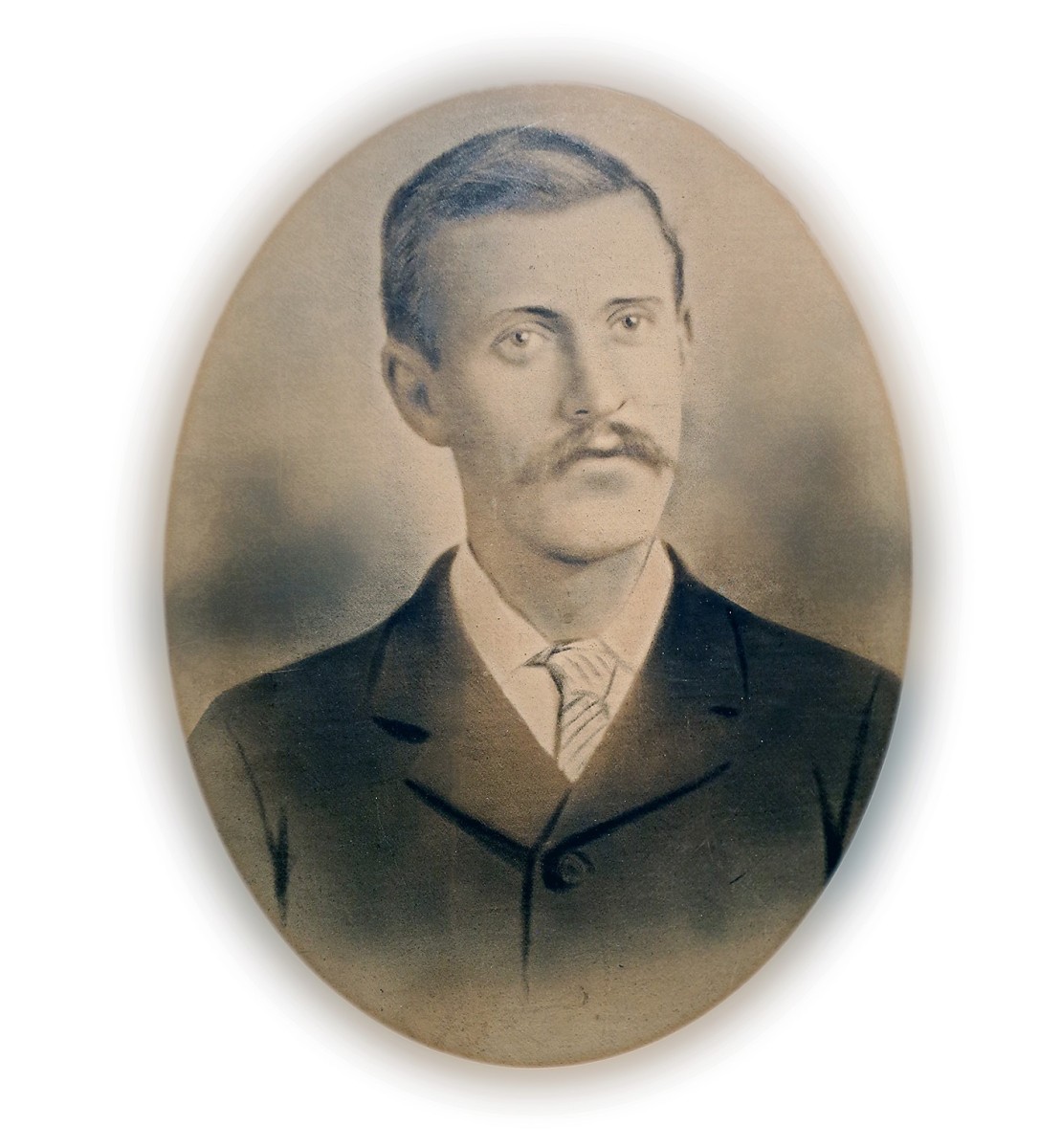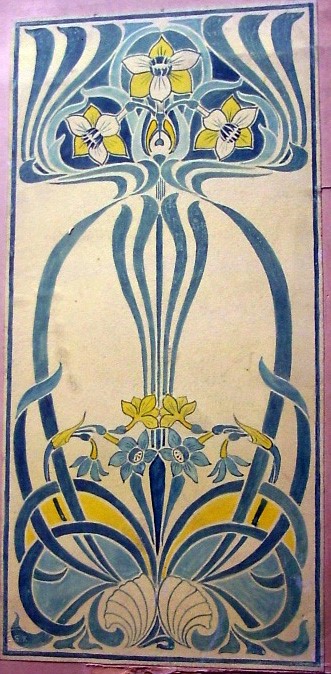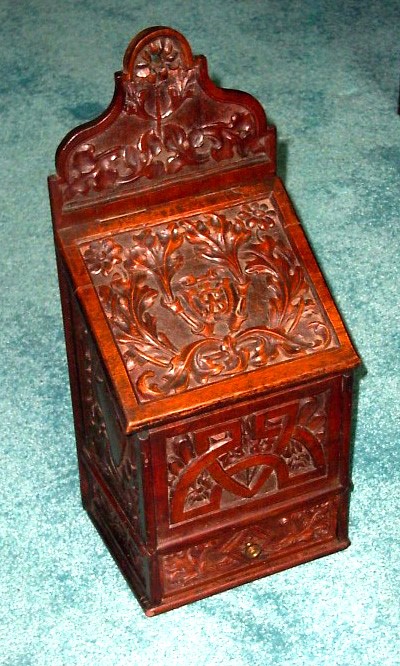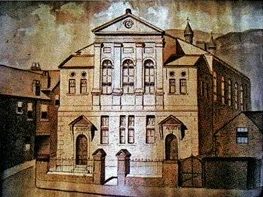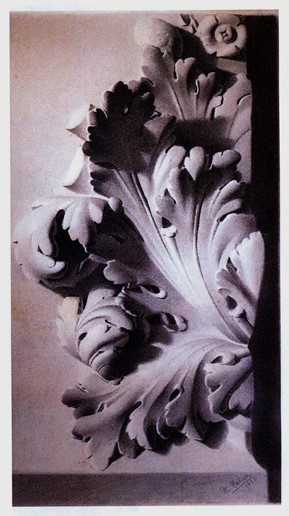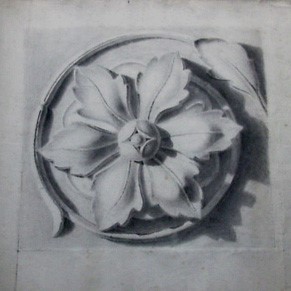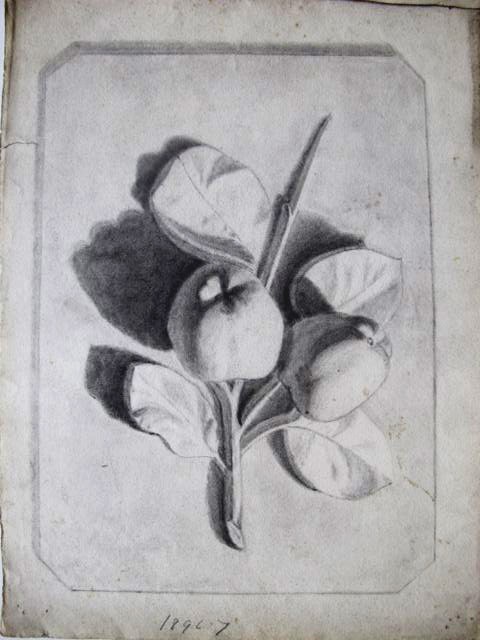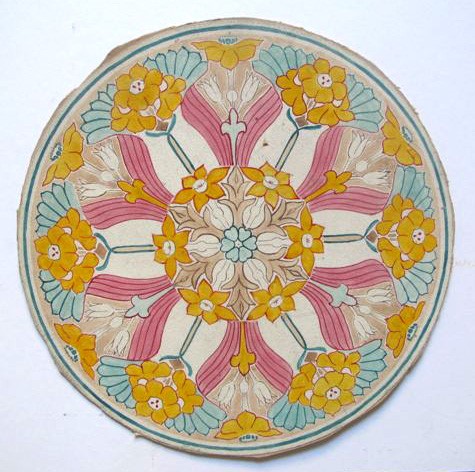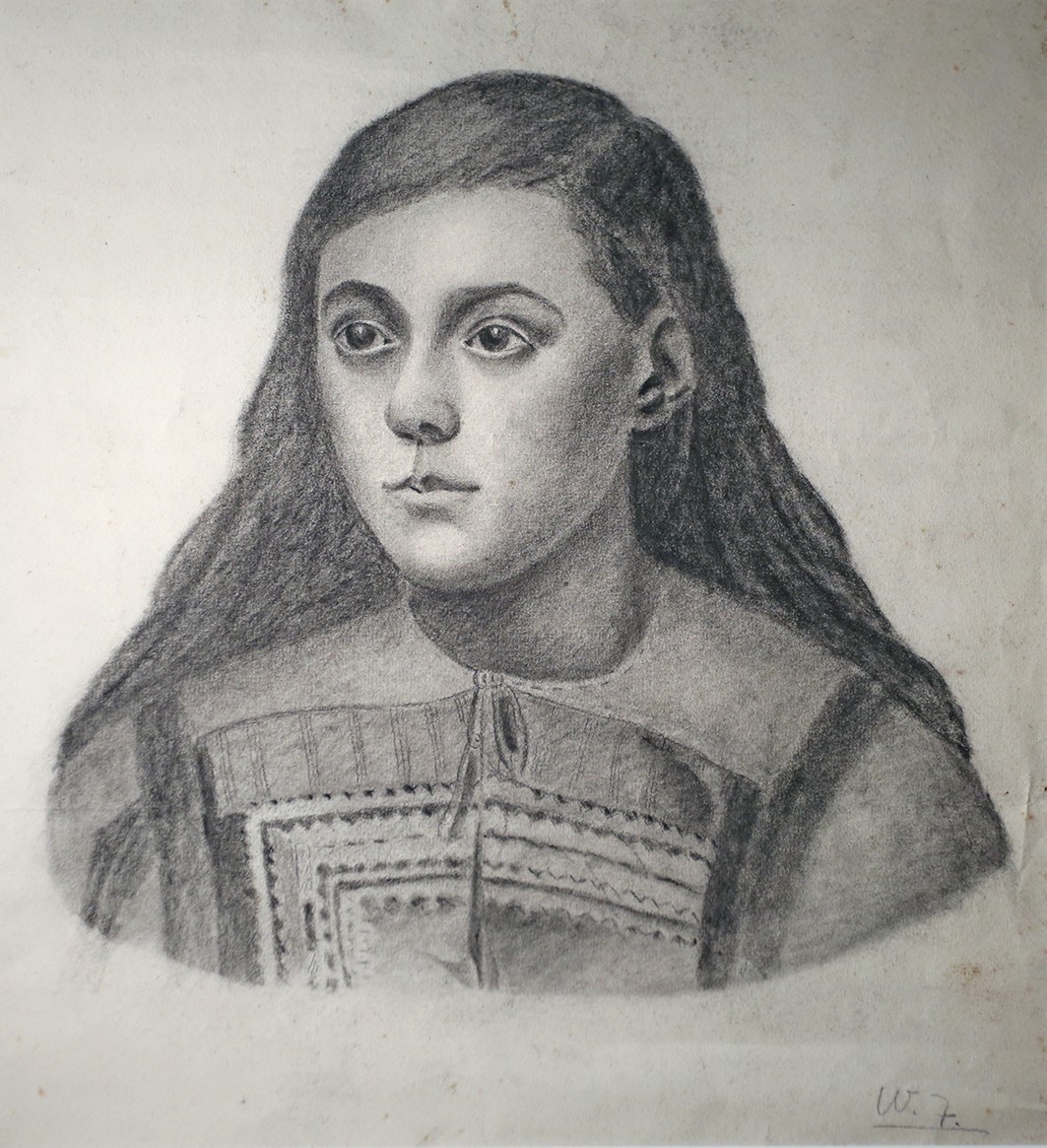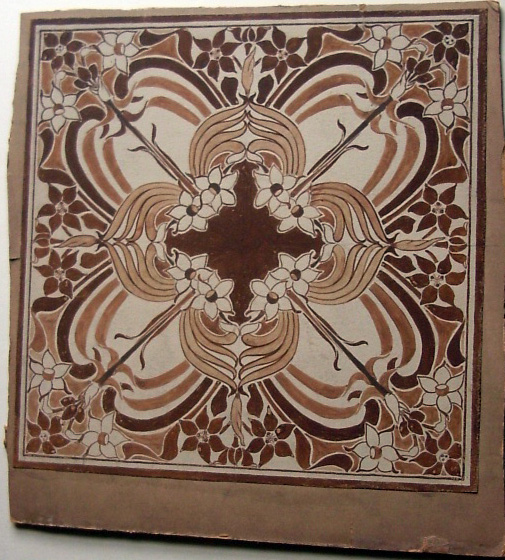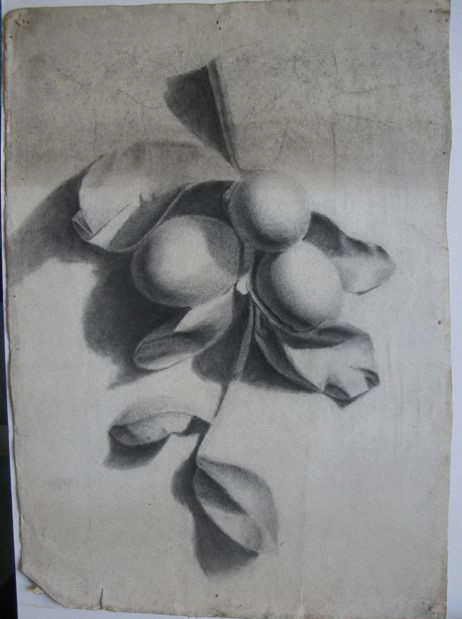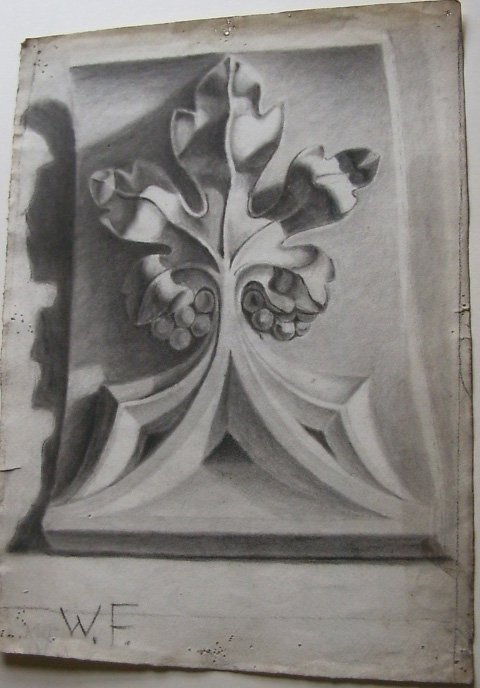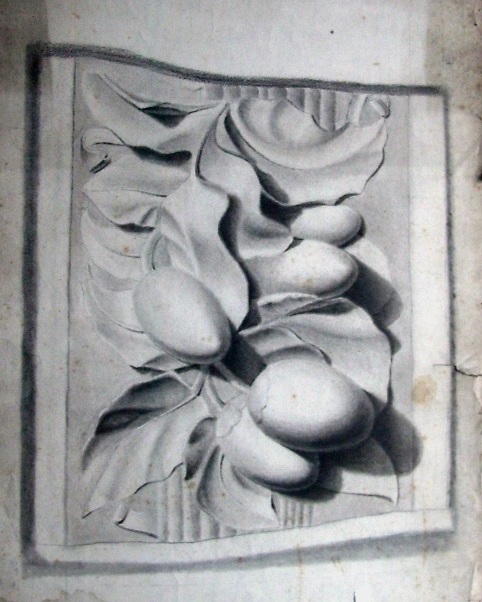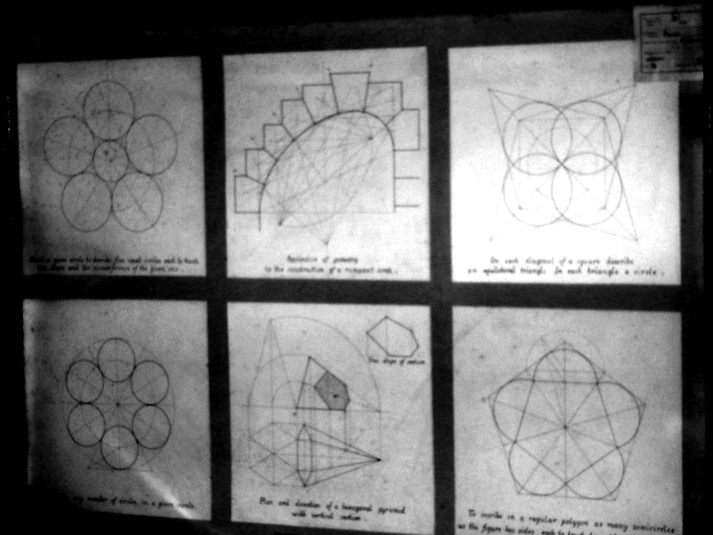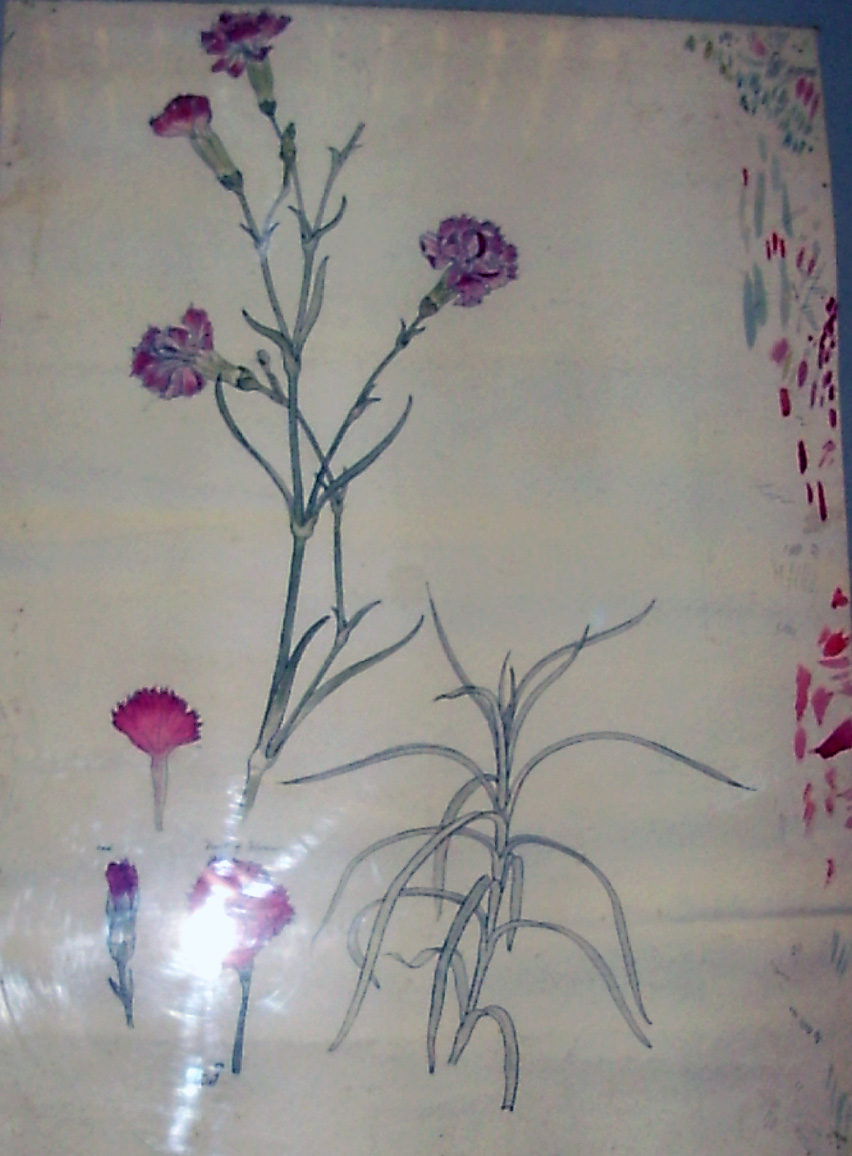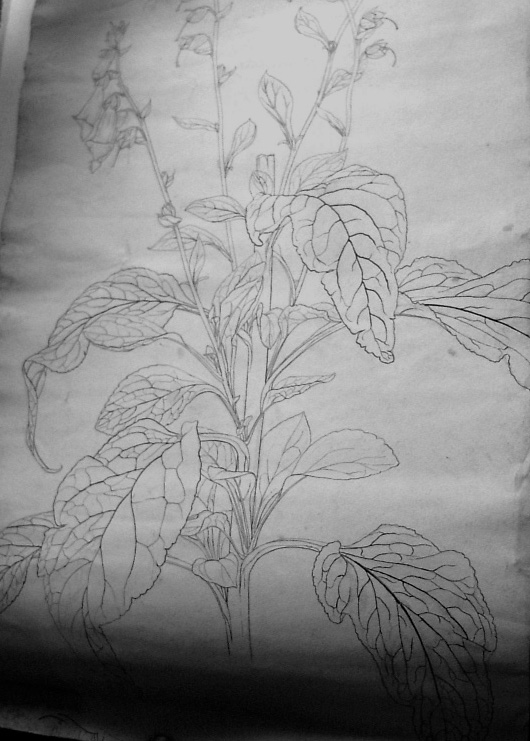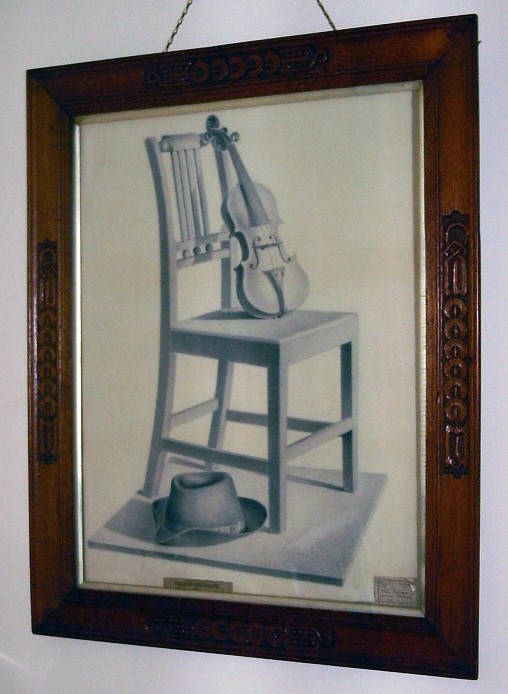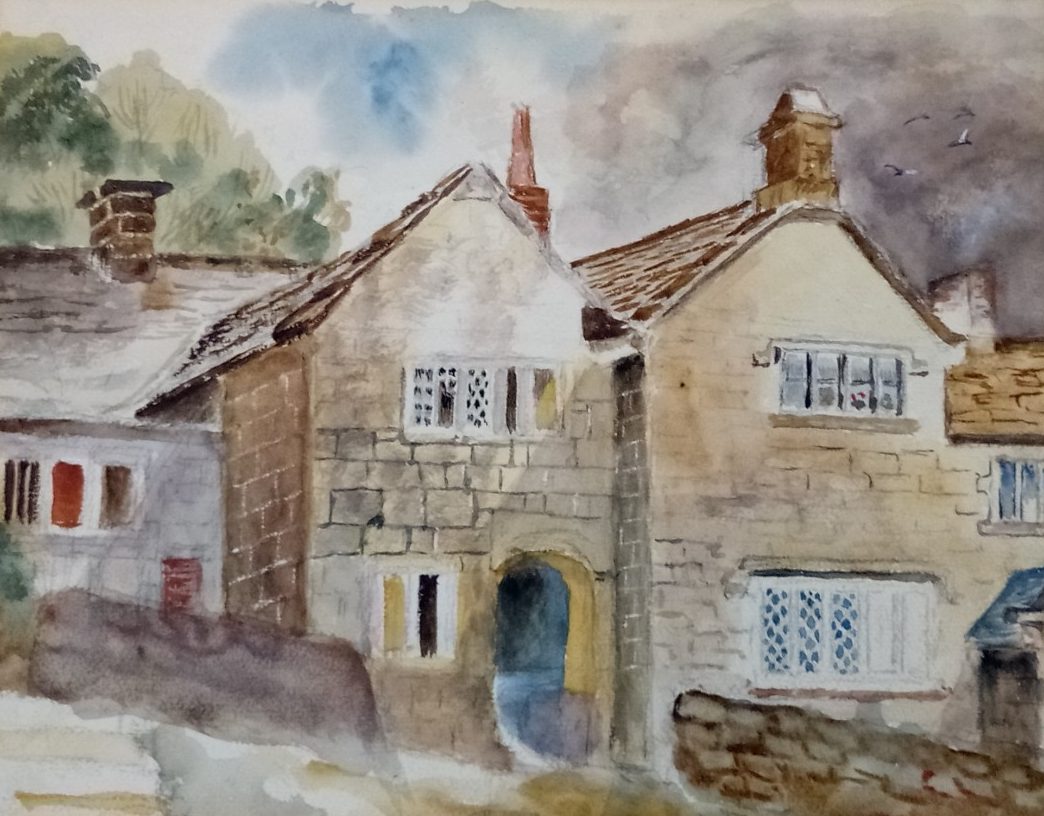Wallace Farrar
(1877 to 1954)
Wallace was born in Mytholmroyd in 1877, where he attended the Board School. Due to the death of his father, he had to leave school early to support the family finances, and he became a weaver at Watson’s Mill in the village, where he worked for 29 years.
He always had a passion for Art, and at about the age of 18 enrolled for classes in Todmorden. This must have been initially at the evening Art Classes held at Roomfield School, as he gained examination certificates in Freehand Drawing in 1896 and 1897, before the Fielden School of Art opened in 1898.
He transferred then to the School of Art, and continued to study there for many years, through to 1907. The numerous certificates which he gained indicate that his main interest was in drawing, including freehand drawing of objects, light and shade from plaster casts, and some plant studies. He also studied geometrical drawing, and produced some complex and very precise design exercises. The geometrical drawing, combined with a course in design, led to the beautiful graphic floral designs shown here.
In the later years he turned to modelling, and always worked at wood carving, although not studying it academically. In 1908 he gained teachers Certificates in Clay Modelling and Wood Carving
His major still life drawing ‘Chair with Violin’, is a complete work, as Wallace also carved the frame.
After WW1 he carved the ‘Remembrance’ panel for Mount Zion Methodist Chapel in Mytholmroyd, demolished in 1970. There exists a large ink and wash drawing of the Chapel by him, reproduced here.
Wallace’s art and life came to current public attention in 2017, when Pam Jordan, Wallace’s granddaughter, asked local sculptor and relief artist Alan Holt to renovate a carved salt box made by Wallace.
As Alan learnt more about Wallace’s artistic life, he was struck by the comparisons and contrasts with our own times, and indeed some parallels with his own life, as he also travelled to Todmorden to study.
After seeing the drawings and paintings produced around the start of the 20th century, Alan said that “the woodwork and carving are typical of ‘Arts and Crafts’ designs, and his graphic floral designs are very much in the ‘Art Nouveau’ style, both predominant at that time.” He also remarked that “Wallace’s pencil draughtsmanship and use of light and shade are important aspects of his drawn work.”
Alan’s interest in Wallace Farrar and his work culminated in a comprehensive exhibition at Dean Clough, in 2019, curated by Alan and Pam. The comments on the reproductions of various works by Wallace, and the remarks above by Alan, are taken from the extensive booklet which he produced for that exhibition.
Wallace Farrar was the caretaker at Mount Zion PM Chapel which stood on Midgley Road, Mytholmroyd. Built in 1870, it closed in 1960 and was demolished in 1970. The ink and wash drawing is by Wallace himself.
“Wallace took the ‘Drawing Light and Shade from a Cast’ course for four years prior to 1905.
This Art School tradition began in earlier times, when Classical sculpture was cast in plaster of Paris.
The Victoria and Albert Museum produced plaster casts of their own antiquities in the 19th and early 20th centuries, for use by Art Schools and Colleges as objects for study and drawing.”
“The ‘Baroque Acanthus Scroll’ (right) is an exquisite piece of shaded drawing. It has incredible clarity and great depth, due to the overlapping of each leaf and frond, all shaded in their own graduated tone.”
Council records show that in 1905, plaster casts were purchased for the Art School from D Brucciani & Co and from E Cantoni.
More Works by Wallace Farrar
Portrait of a Young Girl
This pencil portrait is a striking piece. The focus on the facial details, and the delicately shaded smoothness of her skin drawn in absolute clarity, portray her alert and alive but contemplative expression.

